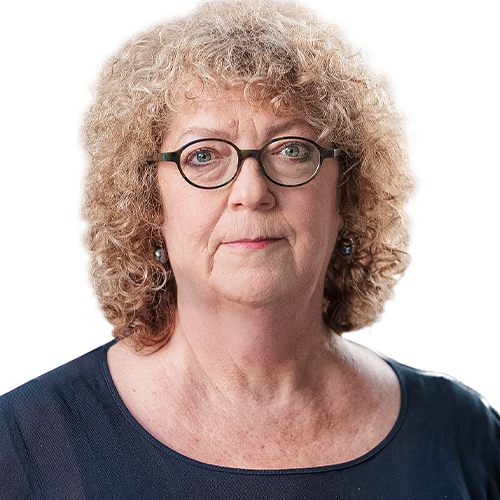The Taliban is regaining a foothold in some regions and Islamic State has a small presence there.
NZDF's 10 personnel are working in Kabul at the Afghan National Army Officer Academy.
Australian Defence Minister Marise Payne announced in Canberra today that Australia will increase its deployment to Afghanistan by 30, taking the number there to 300.
The United States President, Donald Trump, is reportedly also considering a big boost of between 3000 to 5000 troops to supplement the 8500 US troops already Afghanistan and 6500 other Coalition forces there, largely in training roles.
At its peak in 2011, the United States had about 100,000 military there.
The United States led the war in Afghanistan on the basis it gave safe have to terrorists, including al Qaeda's Osama bin Laden who planned the terrorist attacks in the US on September 11.
New Zealand ran a Provincial Reconstruction Team in Bamiyan province until 2013.
The New Zealand SAS also had two deployments to Afghanistan, one under Labour from 2001 to 2005 and again under National, from 2009 to 2012.
English said New Zealand had kept its involvement in Afghanistan relatively limited "consistent with the political discussion here in New Zealand."
"We would expect that any request is proportionate with what our commitment actually is.
Australia's request was conveyed by Nato, which led the International Security Assistance Force in Afghanistan (ISAF) from 2003 until 2014.
Asked whether imminent success by Iraqi Government troops in Mosul might mean an early departure for New Zealand trainers in Iraq, English said that had not been considered but the thought Iraqi troops would need ongoing training.
"I think everyone has learned lessons in both Afghanistan and Iraq from declaring victory too early."
New Zealand's assumption there would be an ongoing need but he would get advice on that too. The current cabinet decision mandates NZDF to run Camp Taji training camp until November 2018.
